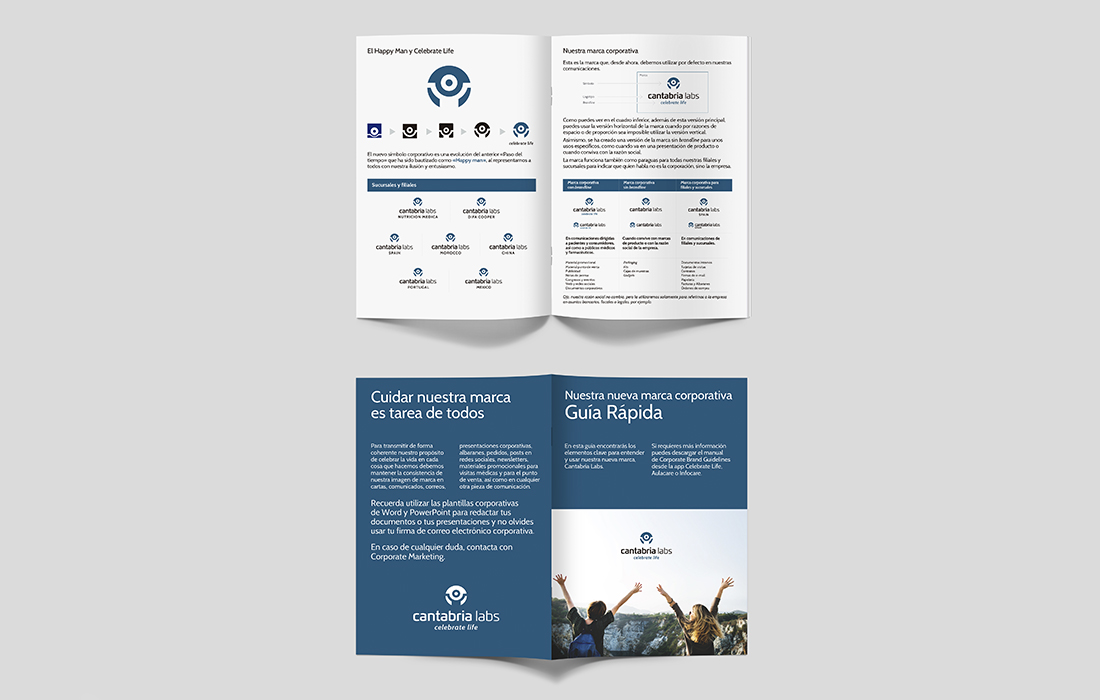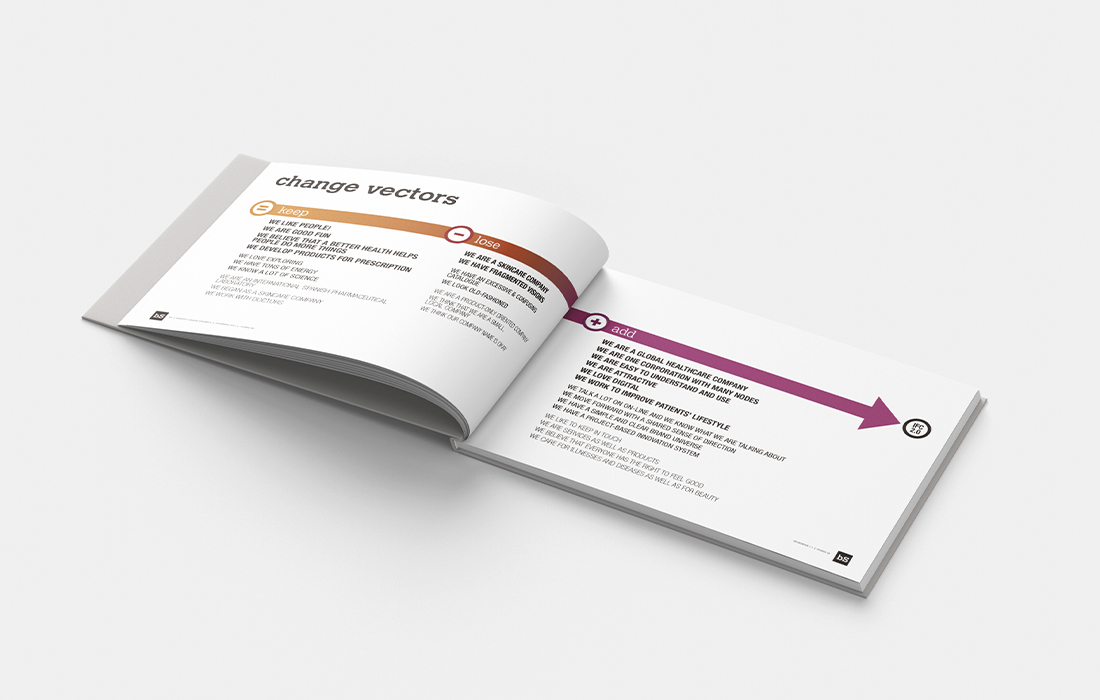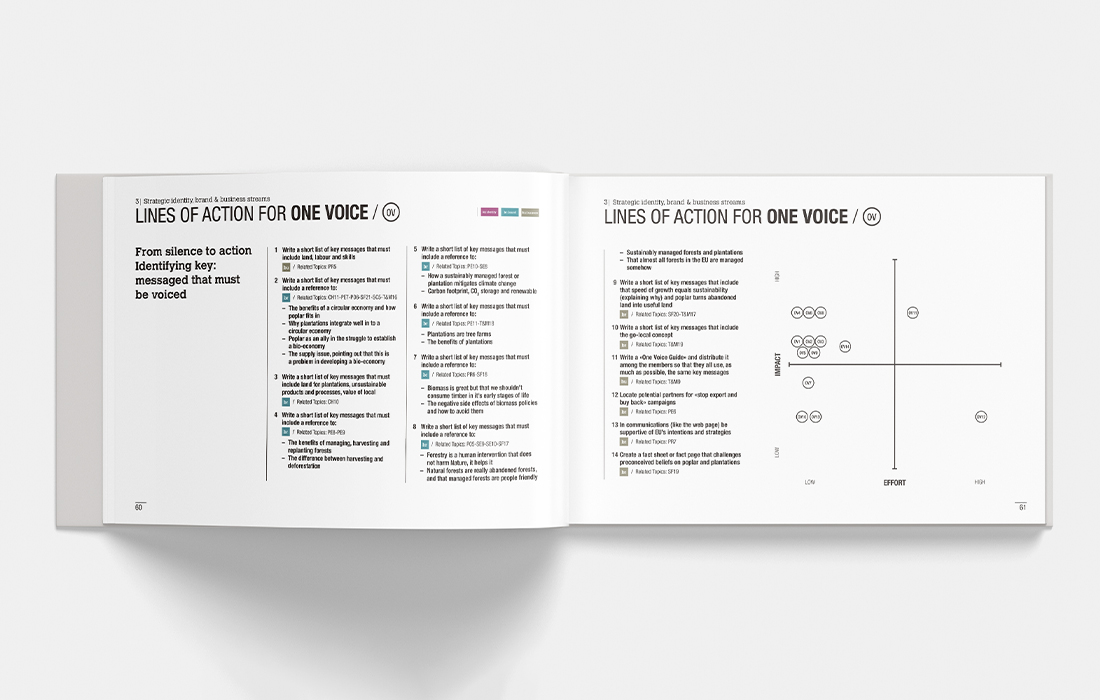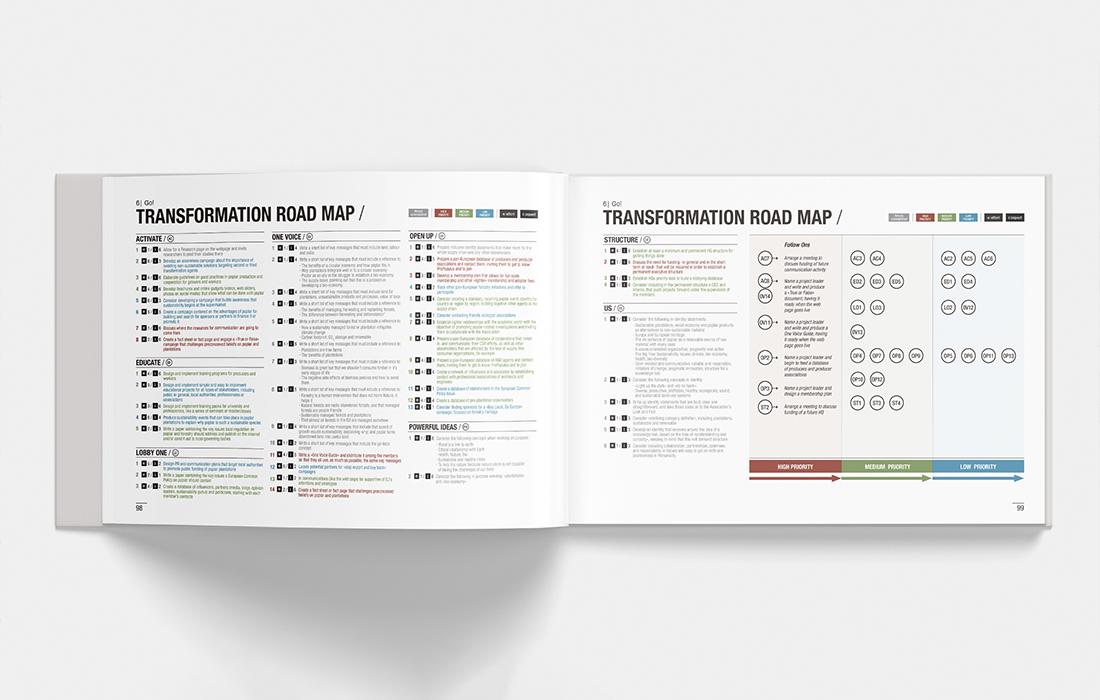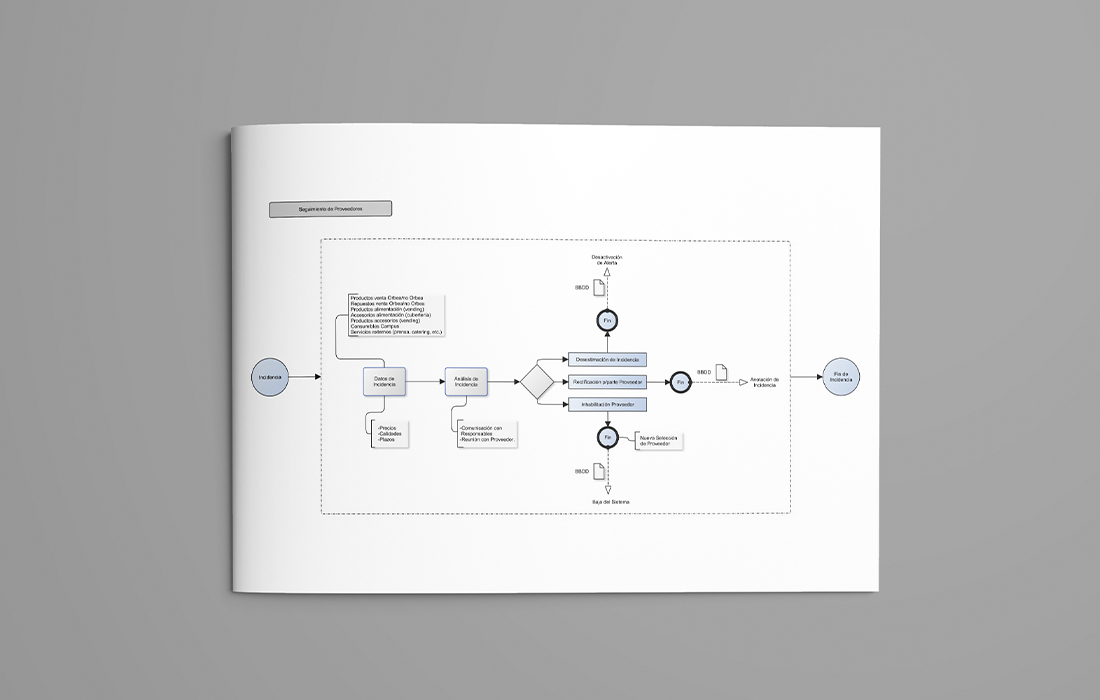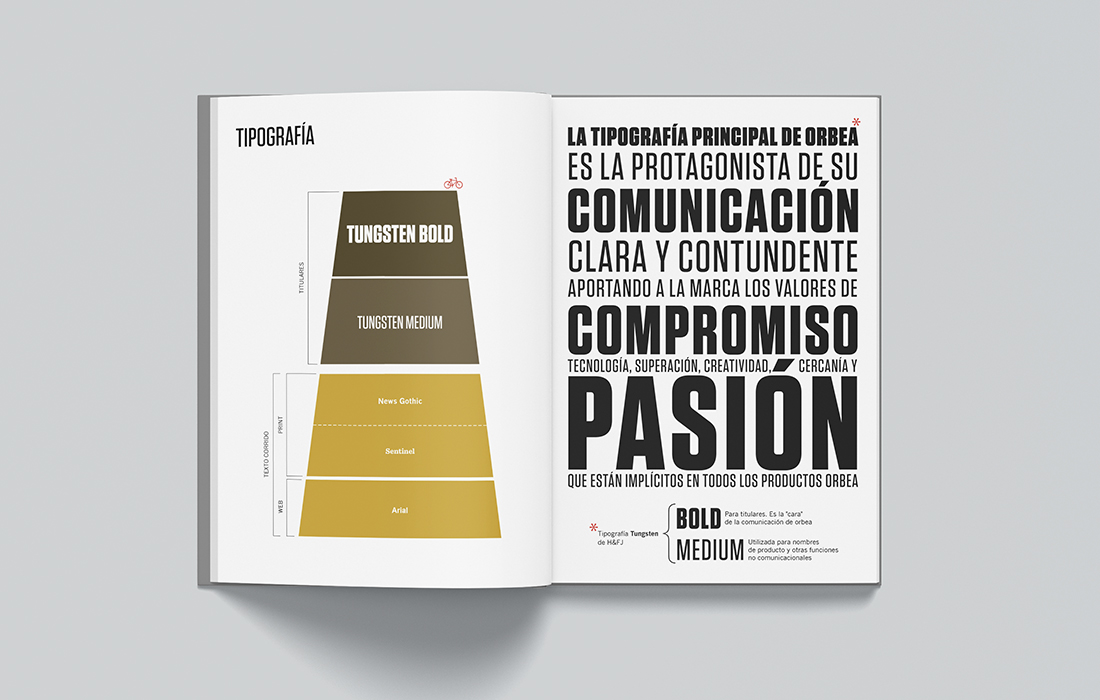
16 Jul Details matter
Whiplash Team, 16th July 2021
Details matter
For brands it is increasingly difficult to achieve a competitive advantage in a context where digital commerce is consolidating, and the options for consumers are unlimited. The entry barriers for products of any kind in the whole variety of markets on a global scale are lowering and the omnichannel user experience is becoming increasingly important. Today more than ever, details matter when it comes to attracting and retaining customers.
For every industry, 2020 was a difficult year. The general lockdown caused by the Covid-19 pandemic, which brought about the closure of shops and leisure and entertainment venues –except for food and some other essential services– or changes in their daily operations with reduced hours and capacity caused a change in consumer patterns, according to data from Deloitte’s Global Consumer Tracker.
According to the consultancy, one in 10 consumers across Europe buys both food and other products online. Furthermore, notes in a recent report say, “the boundaries between home and office have blurred. The home has become an office, a classroom, and a gymnasium. Consumption patterns have changed (…)”.
With the gradual return to “normality”, customers have returned to brick-and-mortar stores but continue to buy online. This has made the user experience, through all channels and points of contact with brands, increasingly important. Considering that a brand is nothing more than the set of perceptions that is formed in the consumer’s mind when they come into contact with it, a bad experience can be disastrous.
In fact, a Zendesk study indicates that 50% of customers would switch to a competitor after one bad experience, and 80% of customers would switch brands after a second bad experience. The reverse is also applicable. In other words, a good experience can be the key to attracting or retaining a customer. According to a Salesforce study, 91% of the customers surveyed said they would buy a brand again after a good experience.
This is where the details become most important. To provide customers / users with a good experience with the brand, it is necessary to consider three factors that, in some cases, are decisive for a potential customer to become a user of the brand. Easiness during the purchase process, customer feedback, and emotional satisfaction that provides a pleasant experience, be it, for example, in product design or packaging.
In general, people prefer what is easy to what is difficult. It is instinctive. The human mind chooses the smoothest path. We like it when things occur with faultless flow and we get frustrated when the experience is harder than what we thought it was going to be. For example, a hassle-free return policy, or ease of payment methods. These are details that make the shopping experience more pleasant.
Customer reviews are an invaluable source of information. They are the ones who live the experience, so they detect those things that are not always perceived by the marketing or sales department. Customers are the ones who can tell if any stage in their buying process has been frustrating for them, if user support is simple and friendly, or if post-sale service is what it should be. Taking their opinions into account to improve the overall user experience is essential.
Finally, brands can always make small adjustments to their product, packaging, purchase process or shipping, amongst others, that will have a positive emotional impact on the customer. For example, brands like Apple, Nest, Dollar Shave Club, and Birchbox have made unboxing an experience their customers look forward to, and even make videos that they share on their social media to showcase their experience. When it comes to unboxing, every detail matters.
Thus, the secret is to create experiences that connect with the user’s emotions, that tell them with small gestures that they are the most important thing for the brand. Make them feel appreciated and heard. Details are important.




